题 目:2019中德超精密加工会议(UPM Workshop Conference)
报告人:Dr. Sven Schroder(Fraunhofer IOF Jena);Dr. Ralf Steinkopf(Fraunhofer IOF Jena);Prof. Jiwang Yan(Keio University);Prof. Xuejun Zhang(CIOMP);Prof. Jessica DeGroote Nelson(Optimax System Inc. United State);Mr. Roland GEYL(Safran Reosc)等
时 间:2019年9月2日 8:30-17:00
地 点:学术交流中心
会议简介:“Ultra Precision Manufacturing of Aspheresand Freeforms” UPM workshop会议是由德国OPTONET组织和德国Fraunhofer研究所联合发起的超精密光学加工领域的重要会议,此前两年一届,且举办地都在德国。为促进中德双方超精密光学加工领域学术交流,在长春光机所的积极邀请和推动下,UPM workshop会议转变为由德国OPTONET组织和中国长春光机所轮流举办,即,UPM workshop会议将于偶数年在德国召开,奇数年将在长春光机所举办。
UPM Workshop 2019是该会议第二次在国内举办。大会主要包括自由曲面光学设计、超精密加工工艺和技术、超精密光学元件的表征以及光学自由曲面的新技术等四个主题。
报告专家简介:
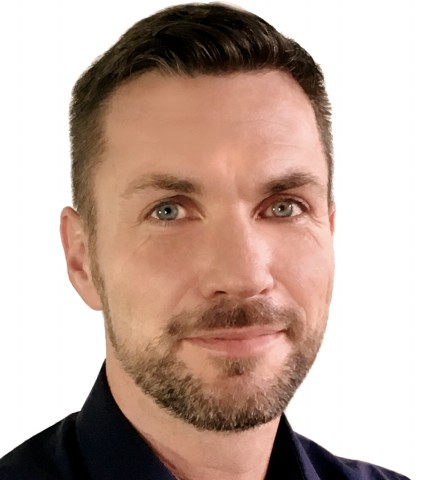
Reporter:Dr. Sven Schr?der Fraunhofer IOF Jena
Title: Impact of roughnessand defects on the light scattering properties of ultraprecision opticalsurfaces and coatings
Abstrate:Even high-end optical surfaces and coatings exhibit small amounts of imperfections which may or may not affect the optical performance mainly with respect to optical losses and laser stability. Imperfections on the substrate or during the deposition process can propagate throughout the entire coating structure and can even be amplified. Understanding the relevant loss and damage mechanisms as well as characterizing the imperfections influencing these effects are key factors for pushing and maintaining the performance of such components. This presentation discusses the different impact of substrate and intrinsic coating roughness onto the scattering losses of interference coatings and how critical substrate imperfections can be characterized before coating. Examples will be presented for the characterization of optical components before and after coating with respect to scattering distribution, scatter losses, relevant roughness and defects, as well as on low-level residual transmittance and even low-fluence absorption. Finally, a new approach is presented for spectrally resolved laser-induced damage testing and laser stability tests of defects.
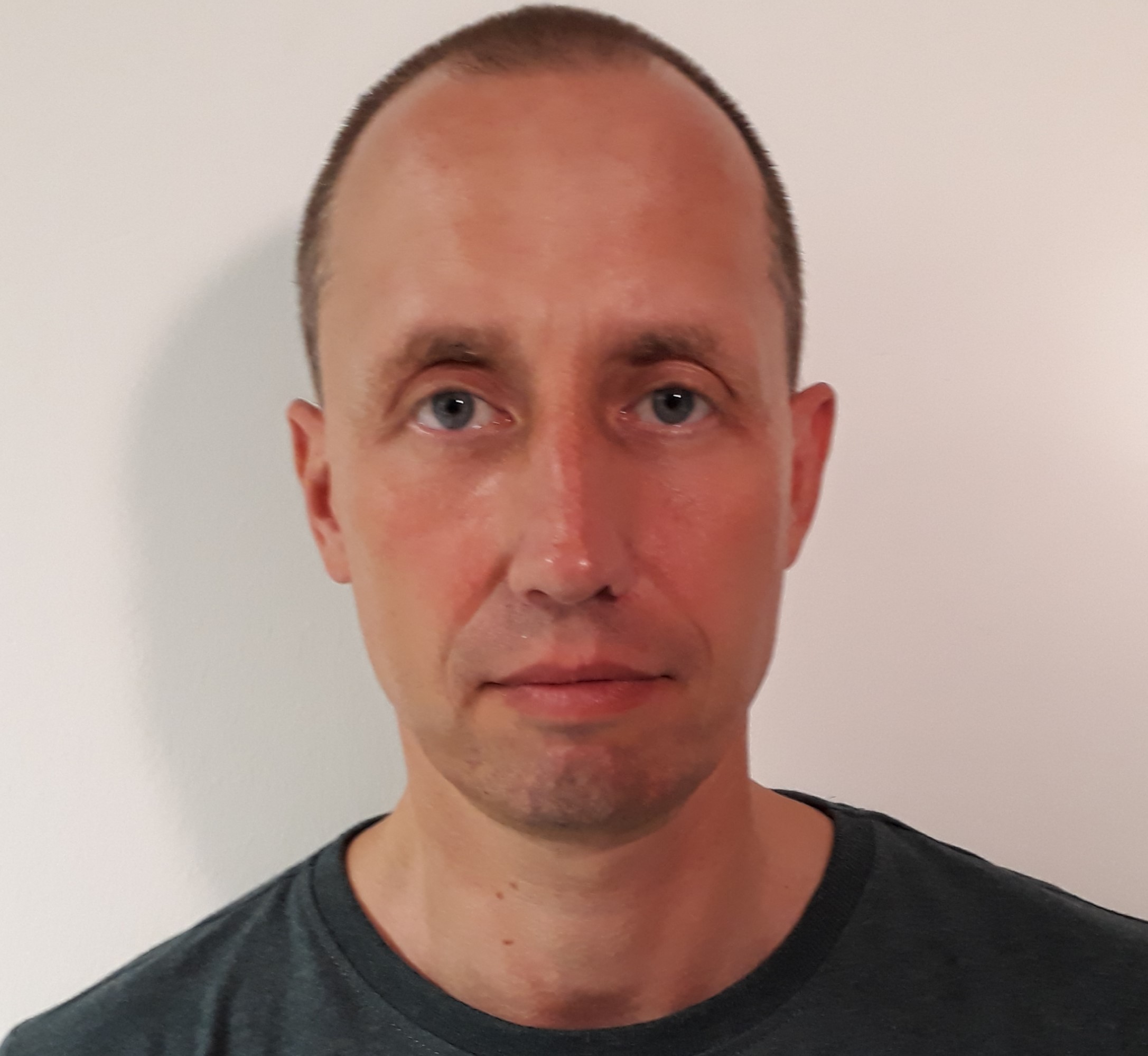
Reporter:Dr. Ralf Steinkopf Fraunhofer IOF Jena
Title: Highly curved freeform optics for satellite based Earth observation
Abstrate:Progressive telescope and spectrometer designs are increasingly exploring the potential that results from the use of freeform elements. The realization of such freeform-based designs advances the development of new technologies. Especially the use of metal optics allows for the development of novel processing technologies.Ultraprecise manufacturing using monocrystalline diamonds is the base technology for the ductile cutting of non-ferrous metal alloys for IR and NIR applications. Applying X-ray amorphous plating’s as nickel-phosphorus (NiP) alloys allows for widening the application spectrum towards shorter wavelengths (VIS, UV…) by the use of polishing technologies. By adapting the alloy components of the substrate material and fine-tuning it to the coating material, it is even possible to avoid bi-metal effects and to apply this material combination for applications with local thermal gradients. In cooperation, with the Chinese National Space Institute (NSSC) of Chinese Academy of Science (CAS) was this technology used for the manufacturing of highly curved freeform optics. The results show a shape deviation of <130 nm rms. The surface roughness was reduced by chemical mechanical polishing (CMP) to < 0.6 nm rms. Applying a highly reflective layer of aluminum, the reflectance requirements of the application of more than 90 % were achieved, averaged over the wave length range from 300 nm to 600 nm. The optics are parts of an environment-monitoring instrument that observed the global absorbing aerosol index. The data of the instrument will be used for weather forecast. The described freeform optics demonstrate how research in design and manufacturing is driving the development of innovative optics.
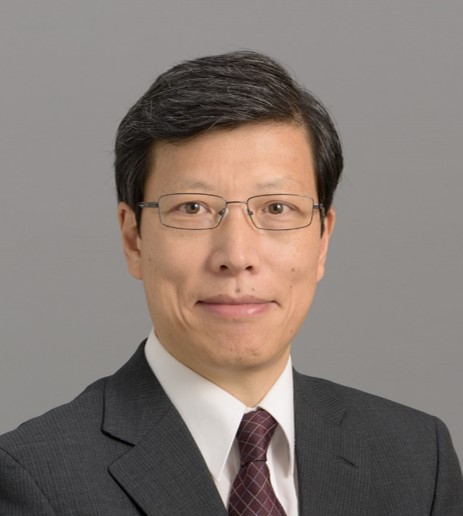
Reporter:Prof.Jiwang Yan Department of Mechanical Engineering Faculty of Science and Technology ,Keio University
Title: Towardslow-cost mass production of micro IR optics
Abstrate:Infrared (IR) optics are important in thermal imaging and night vision systems which are widely used for temperature measurement, rescue and security purposes. However, the production cost of IR optics is very high, which is currently a major drawback to industrial applications. In this talk, research outcomes of the speaker's group on low-cost fabrication of IR micro optics will be highlighted. A hybrid structure of single-crystal silicon and high-density polyethylene (HDPE) was developed for IR lenses by using precision press molding. A ~100 micron thick HDPE film was used to laminate a silicon wafer and their interface was directly bonded by the silane cross-link. The HDPE film is easy to be hot-embossed to form three-dimensional surface microstructures such as Fresnel lenses, and the silicon wafer provides a high stiffness for the hybrid substrate. The imaging test result shows that the hybrid substrate is capable to produce acceptable image quality both in night vision and thermography, demonstrating that the developed hybrid substrate is a promising low-cost substrate material for IR lenses.
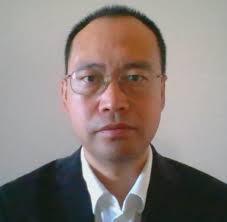
Reporter:Prof. Chunyu Zhao Arizona Optical Metrology LLC
Title: Practical Techniques in the Designand Use of the CGH for Testing Aspheres and Freeforms
Abstrate: CGH is the de facto standard for accurate surface figure measurements of aspheres and freeforms. In this talk, I share some practical techniques in the design and use of the CGHs, including: various ways for modelling aspheric and freeform surfaces that cannot be directly represented by the built-in surface types in an optical design software; various ways for modelling the phase function of the CGH; CGH patterns for aiding the alignment of the optic under test; algorithm and software code for correction of the mapping distortion in the surface measurement map.
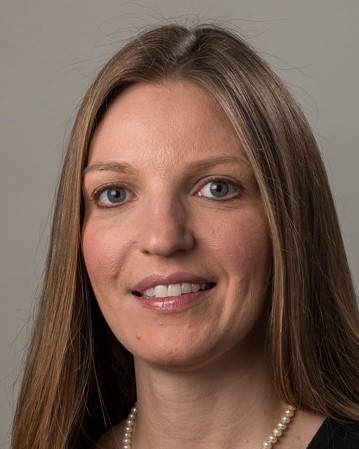
Reporter :Prof. Jessica DeGroote Nelson Optimax System Inc. United State
Title: The evolving optics manufacturing and testingprocess to achieve higher precision freeforms
Abstrate:Freeform optical shapes or optical surfaces that are designed with non-symmetric features are gaining popularity with lens designers and optical system integrators that require off-axis, more compact systems with equal or higher performance to traditional designs. An example of a typical freeform manufacturing process flow is outlined in Figure 1. First a computer numeric controlled (CNC) grinding machine uses fixed-abrasive tooling to remove material from an optical blank. This generation step is iterated with a measurement step and results in a uniform finely ground freeform surface with little deviation from the desired shape. Next, the freeform surface is sub-aperture polished on one of several commercially available or custom platforms. These platforms are flexible enough to process a wide variety of shapes and sizes. The polishing step is also iterated with a measurement step to provide feedback for form correction. Once side one of the component has reached the desired specifications, the part is flipped over, re-blocked in the holding fixture, and side two is processed in the same manner as side 1. The final step in the workflow is final edging, which also occurs in the CNC grinding machine.
更多信息请访问会议官方网站http://upm2019.csp.escience.cn/dct/page/1









